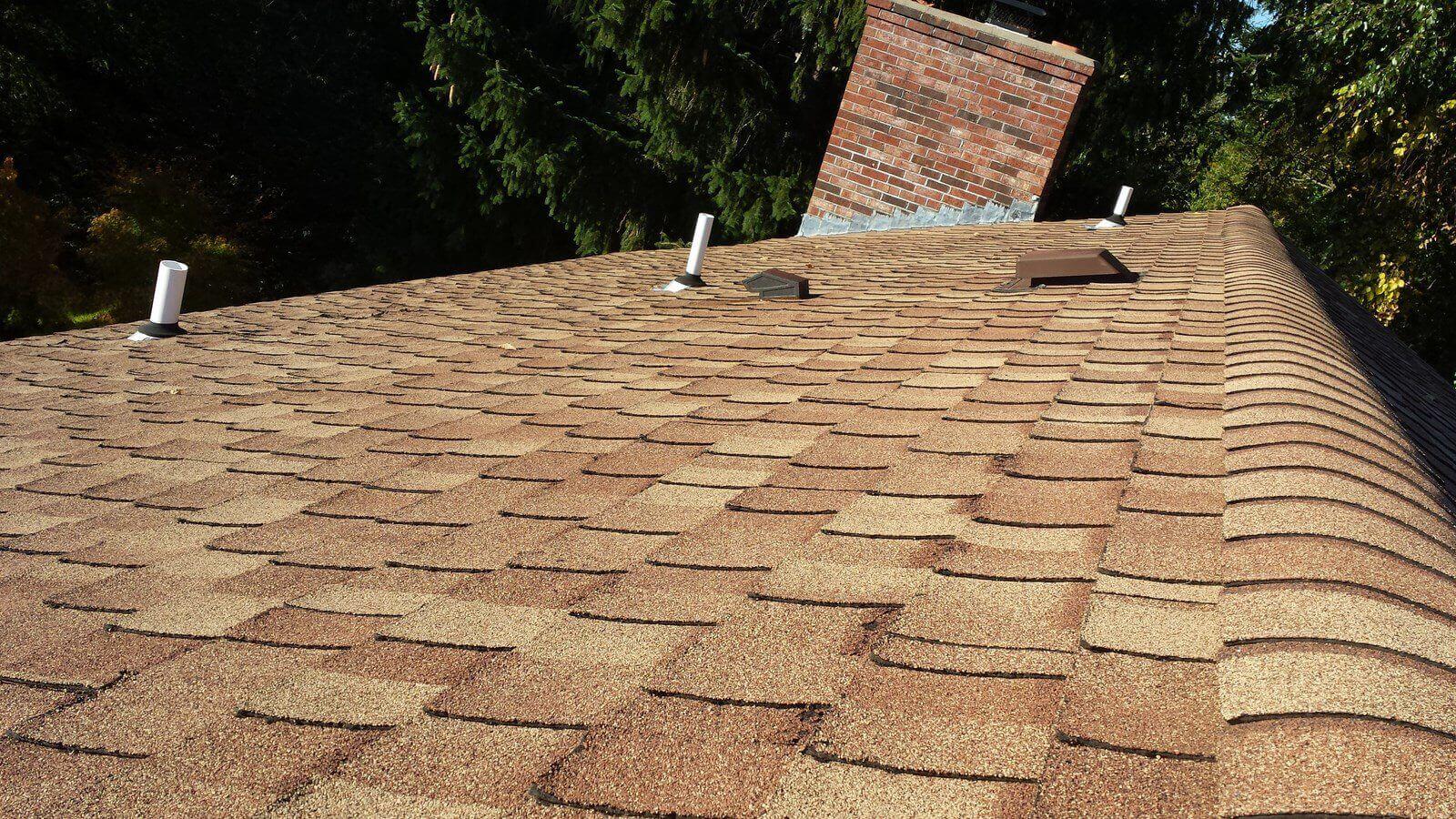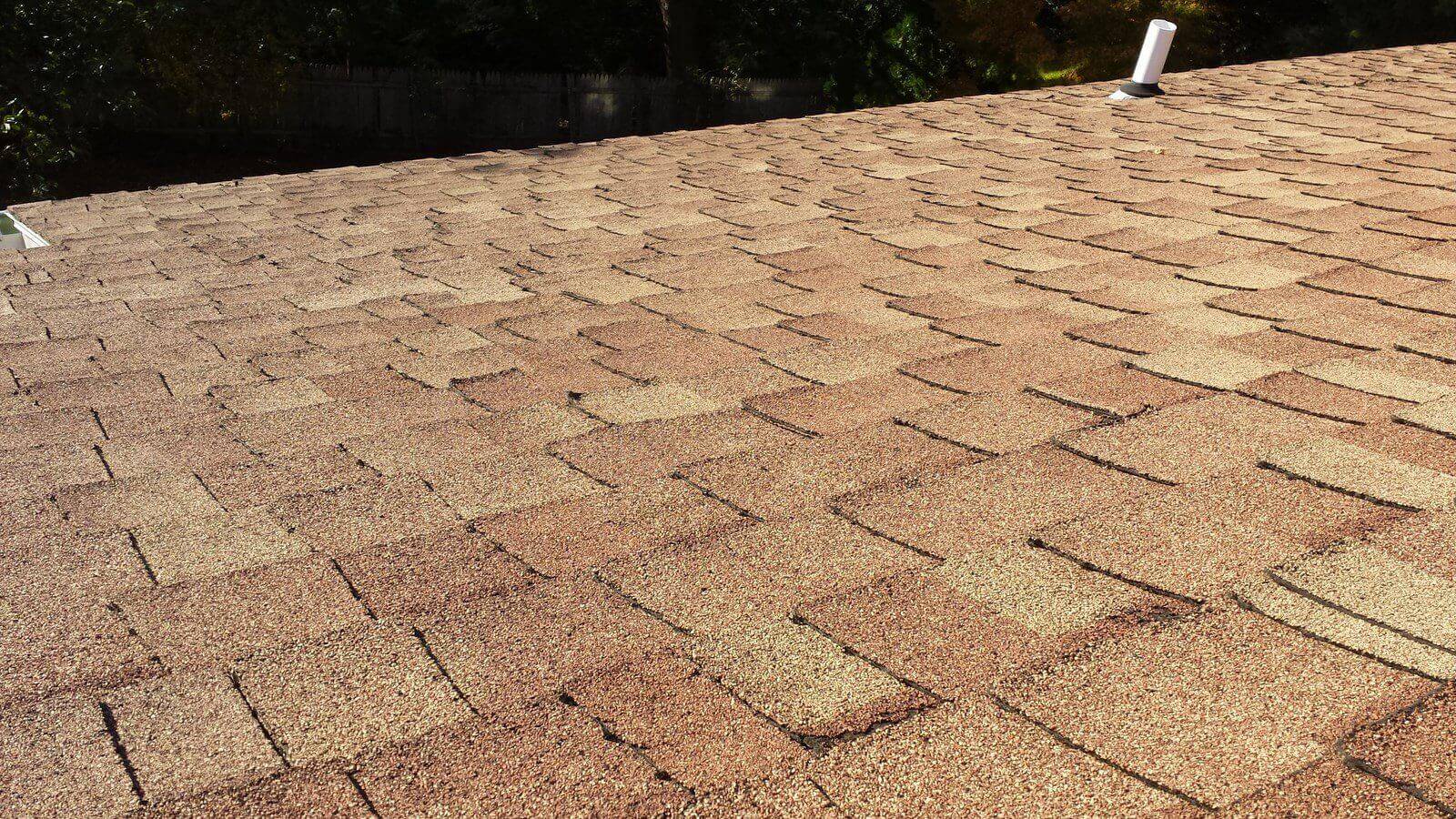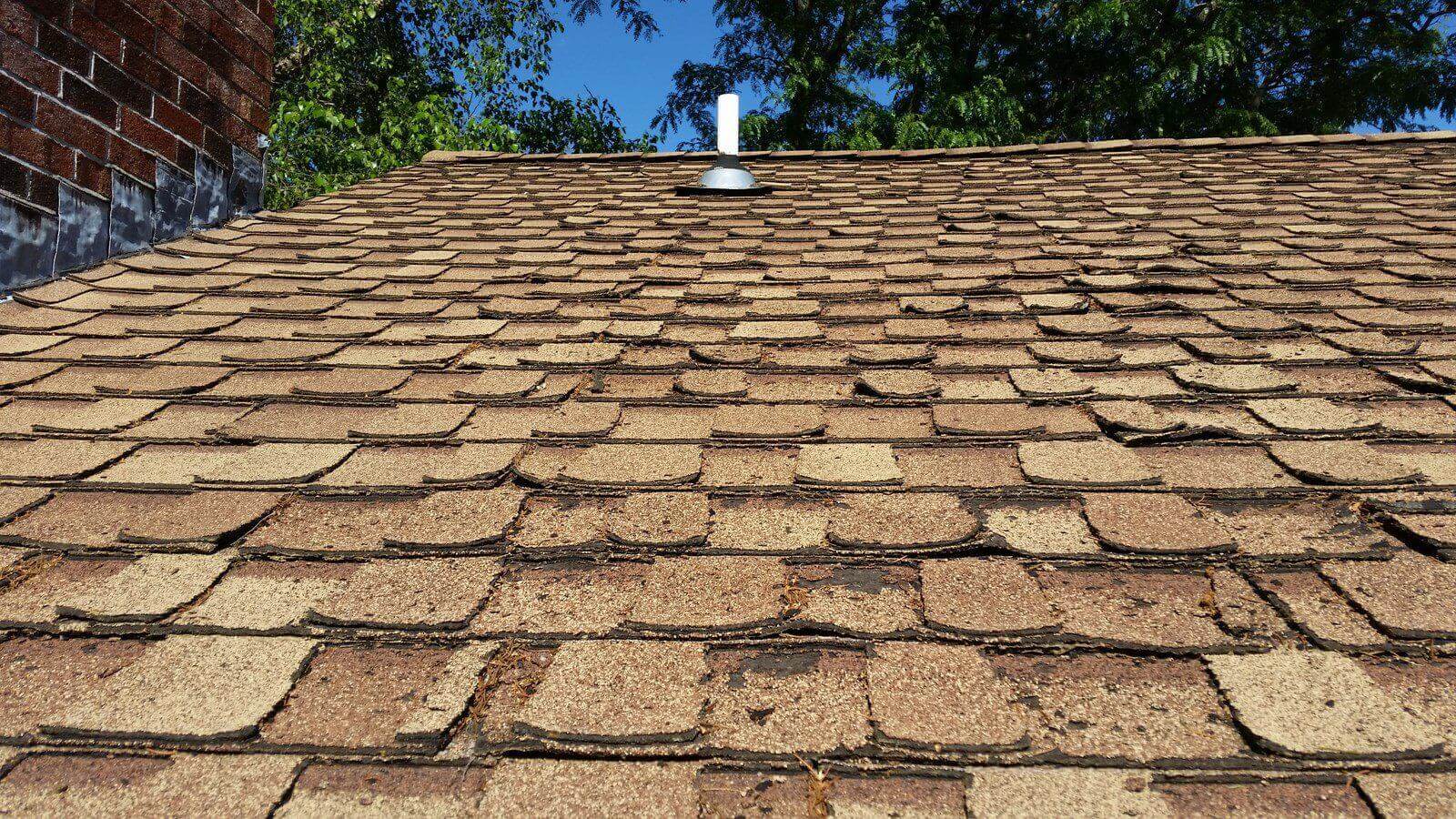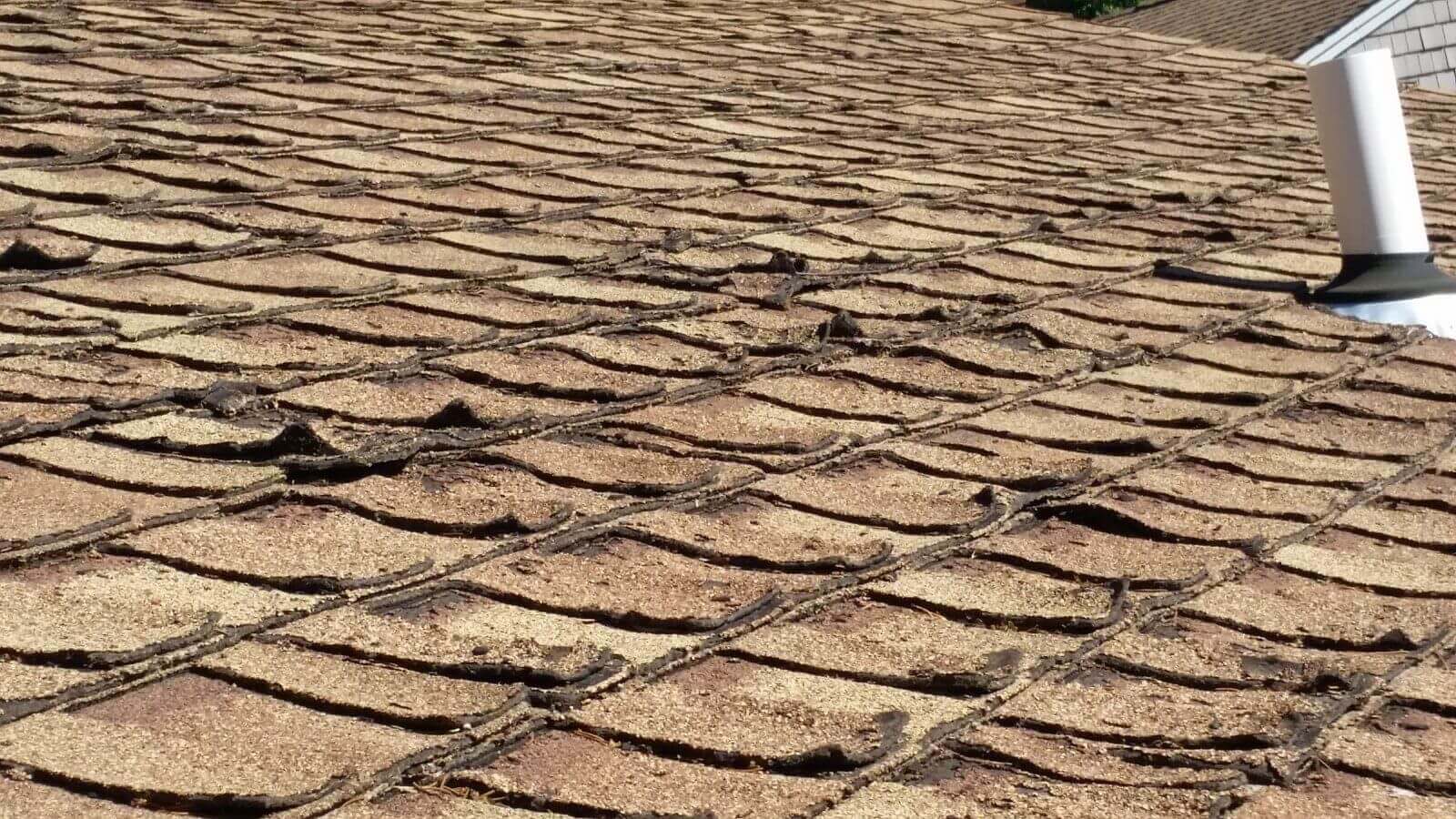Wind, rain, UV rays, and cold weather will all cause problems to an asphalt roof. However, you can take steps to protect an asphalt roof against the effects of weathering. Understanding how your local climate can do damage is key to getting a long lifespan from the asphalt.
Asphalt is an excellent roofing material but it does need care. Maintenance, of course, is vital for the long life of every roof, regardless of weather conditions.
Let’s take a closer look at how the weather can affect your asphalt roof.
Exposure to UV radiation
UV radiation damages the structure of the asphalt. The rays penetrate deep into the shingles and alter the chemical make-up of the tiles.
As the bonds within the structure break, the granules fall off the shingles. The asphalt roofing loses its protective coating and will begin to deteriorate.
You should reconsider the use of asphalt on a southern-facing roof. If you decide to use asphalt, make sure you use a known brand like CertainTeed or GAF. If the sun exposure is excessive, consider one of the upgraded products such as the CertainTeed Landmark Pro or the GAF Timberline HDZ shingles. They are thicker than standard shingles and use better granules, which will hold up much better.
Roof A: Southern Facing Asphalt Shingle Roof System – 2014
The roof appears to be in acceptable condition.


Roof A (Same as above): Southern Facing Asphalt Shingle Roof System – 2016
Note the difference in deterioration in just two years! This happens with lower quality shingles.


Thermal cycling does a lot of damage
Thermal cycling changes in temperature between the day and night. Asphalt expands during a warm day but contracts quickly under a cold night sky. If this happens often, poor quality shingles will crack and eventually split.
If rain gets into the cracks, the effects will accelerate. Cold water expands, pushing a slight crack into a split. This does irreparable damage to the shingles.
You may not get a long life from your asphalt roof in areas of regular thermal cycling.
Wind, rain, and ice will do their bit
Once a shingle begins to lose the protective surface granules, it will absorb more rainwater. If the water lodges in the shingles, it will cause them to rot, split, and deteriorate.
Loose shingles will lift under high winds, allowing rain, snow, and ice to get under the surface. Over time this will do damage to the roof structure below the asphalt.
Maintenance is vital here.
You should replace all damaged shingles to keep the asphalt roofing from getting worse.
If the damage does get worse, it may be economical to replace the roof with a material more suitable to the local climate. This is the reason why Chaffee Roofing only installs higher-end asphalt shingle systems offered by higher-end manufacturers like CertainTeed and GAF.
Call us
At Chaffee Roofing, we are here to help you.
From experience, we know what will work best for your roof.
Our experts can guide you through any roofing project.
Call us today for all your roofing needs.
